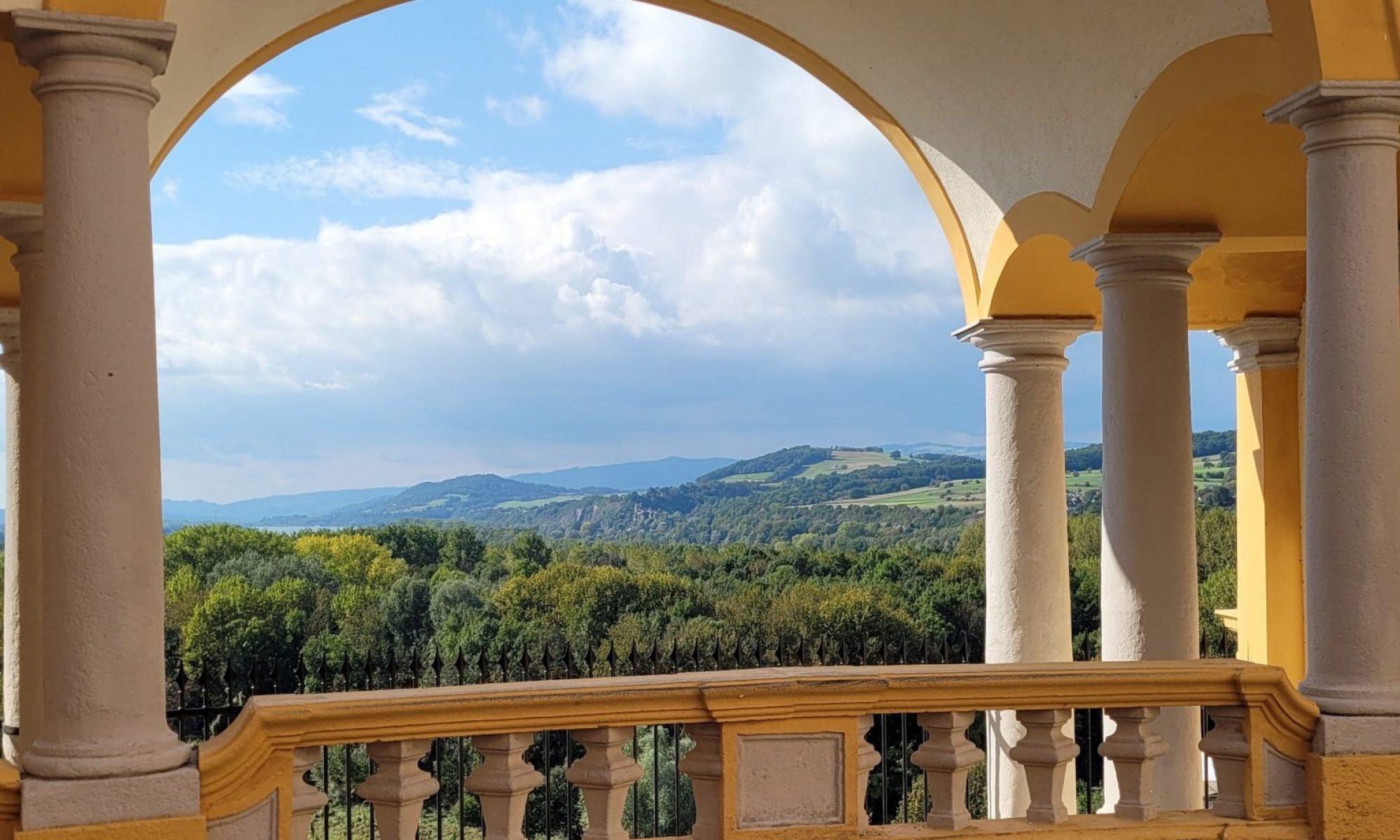Bag of moon dust sells for $1.8 million
Posted: Jul 20, 2017 6:29 PM PDT
NEW YORK (AP) — A bag containing traces of moon dust has sold at auction for $1.8 million.The sale at Sotheby’s on Thursday was surrounded by some fallout from a galactic court battle. The collection bag was used by astronaut Neil Armstrong during the first manned mission to the moon in 1969. But the artifact from the Apollo 11 mission was misidentified and sold at an online government auction. NASA fought to get it back. In December, a federal judge ruled that it legally belonged to a Chicago-area woman who bought it in 2015 for $995.
Sotheby’s declined to identify the buyer who won the bag.
–http://www.kwwl.com/story/35936581/2017/07/Thursday/bag-of-moon-dust-sells-for-18-million
Nancy Ann Carlson bought trouble in a 12×8.5 inch bag. The bag was square, zippered, and printed with the words: LUNAR SAMPLE RETURN. Did it arrive one morning in a simple box while she was sipping her tea? Did she peer at it over her Earl Grey, guessing that it might be famous dust? Did she open it and let some of the fine silt sift over her fingers? Or did she keep it closed, prudently considering contamination or other scientific concerns, only conjuring the moon dust in her mind?
The surface of the moon is pockmarked with millions of meteor strikes. The atmosphere of the moon is much thinner than that of the earth (10 to the 13th if I counted zeros correctly), so the moon is subject to constant bombardment from full sized space objects. A bag full of such dust would be guaranteed cosmic, guaranteed starstuff. Touching moon dust would be as close as you could get to touching the stars. (Metaphorically! Yes, I know stars are mostly energy, plasma, hydrogen atoms — but somewhere in there is “stuff” which makes it “starstuff.”)
How this bag came from the moon into Carlson’s possession and, thus, into a swirl of trouble is a curious story. Continue reading “The Price of Moon Dust”


 Sandburg also called Chicago the City of Big Shoulders. We climbed into those arms and clambered onto those shoulders this past week to take a look round at the marvelous views, sample the tastes of comfort and home, and walk among the canyons of glass and brick.
Sandburg also called Chicago the City of Big Shoulders. We climbed into those arms and clambered onto those shoulders this past week to take a look round at the marvelous views, sample the tastes of comfort and home, and walk among the canyons of glass and brick.